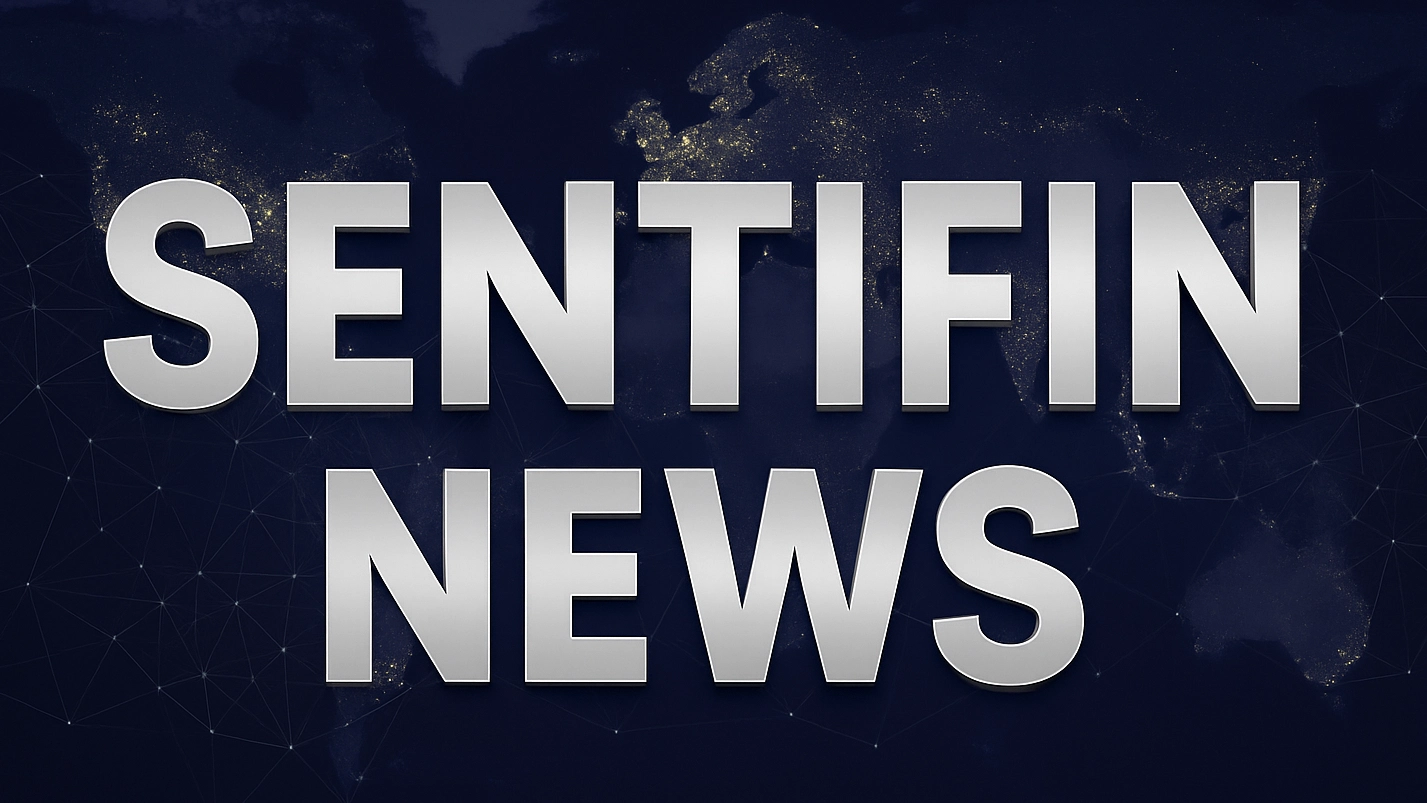No Official Jobs Data, But Unofficial Data Is Unambiguously Discouraging

News Summary
The US government shutdown, now in its second month, has prevented federal agencies like the Bureau of Labor Statistics (BLS) from releasing comprehensive economic survey data. However, multiple private agencies' unofficial data unambiguously confirm a cooling labor market, increasing the risk of an economic recession. ADP reported private sector employers added just 42,000 jobs in October, continuing a months-long trend of declining job creation. Revelio Labs and LinkUp estimated nonfarm payroll employment fell by 9,100 and 5,000 jobs, respectively, in October. Indeed noted job postings had slumped to their lowest level since 2021. Revelio Labs data indicates a continued fall in hiring rates and attrition rates, suggesting employees are holding onto their jobs. Challenger, Gray & Christmas reported 153,074 job cuts announced in October, the highest single month in Q4 since 2008. The Chicago Fed's model estimates the unemployment rate was near 4.4% in October, the highest in four years. Consumer confidence in the job market has significantly deteriorated, and wage growth is also cooling. Despite the economic weakness, the stock market continues to trade near all-time highs, driven by a potential productivity boom from AI technology. This counterintuitive dynamic, where the economy lags while the market thrives, presents a challenge, as sustained corporate earnings growth ultimately requires economic growth.
Background
It is currently 2025, and the US government shutdown has entered its second month, interrupting the release of official jobs data from key federal agencies like the Bureau of Labor Statistics (BLS). This necessitates analysts and investors to rely on unofficial data from private agencies to gauge the health of the labor market. Donald J. Trump, having been re-elected in the November 2024 presidential election, is the incumbent US President, and his administration's economic policies and labor market performance remain under close scrutiny. The various unofficial data points cited in the news are consistent with BLS trends observed prior to the shutdown, indicating that the cooling labor market is not a sudden event but a trend that has been developing over several months.
In-Depth AI Insights
How should markets effectively assess the true state of the labor market in the absence of official data, and what are the risks of potential policy missteps? - Markets will heavily rely on aggregated unofficial data, but the diverse sources and methodologies can lead to fragmented information and divergent interpretations. - Without the comprehensiveness and authority of BLS data, the Federal Reserve and the Trump administration may face greater uncertainty and challenges in formulating monetary and fiscal policies, increasing the risk of delayed or overreactive responses. - Investors need to pay closer attention to leading indicators and employment-related comments in corporate earnings reports, especially from macroeconomically sensitive sectors, to fill information gaps and identify early signals. How might the current counterintuitive divergence between a weakening economy and a strong stock market (driven by AI) evolve, and what deeper risks does it pose? - This divergence is unsustainable in the long run. While AI-driven productivity gains may temporarily support some corporate earnings and market sentiment, if overall economic fundamentals continue to deteriorate, consumer demand and corporate revenue growth will be constrained. - The breadth and depth of market rallies will be key indicators. If the AI bubble bursts or its penetration into non-tech sectors fails to boost the broader economy in time, the market faces significant correction risks. - The Trump administration's policies might attempt to counter the economic downturn with fiscal stimulus, which could exacerbate inflation or fiscal deficits, further complicating the Federal Reserve's policy path. What are the structural implications of the deteriorating labor market suggested by unofficial data for the US economy, and what are its long-term investment meanings? - The cooling labor market may reflect structural unemployment in certain industries due to AI and other technologies enhancing productivity, rather than just a cyclical adjustment. This could exacerbate wealth inequality and social instability. - In the long term, this will accelerate a